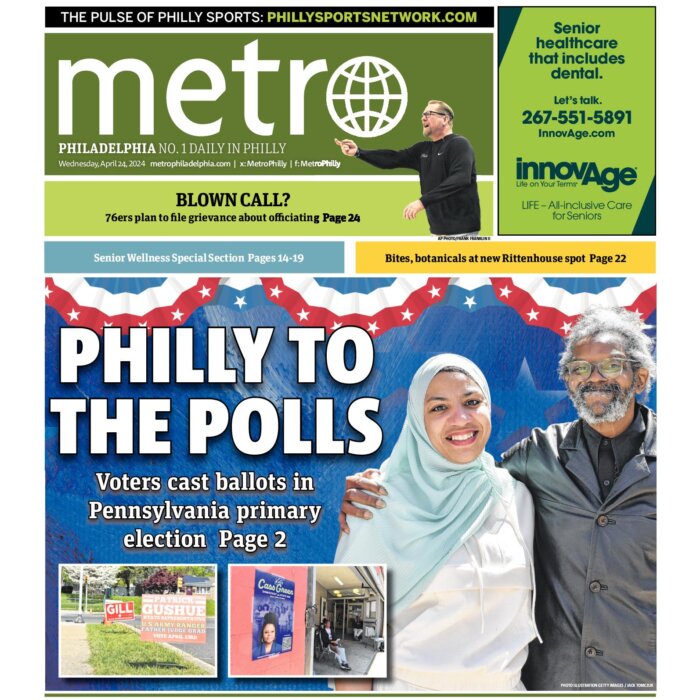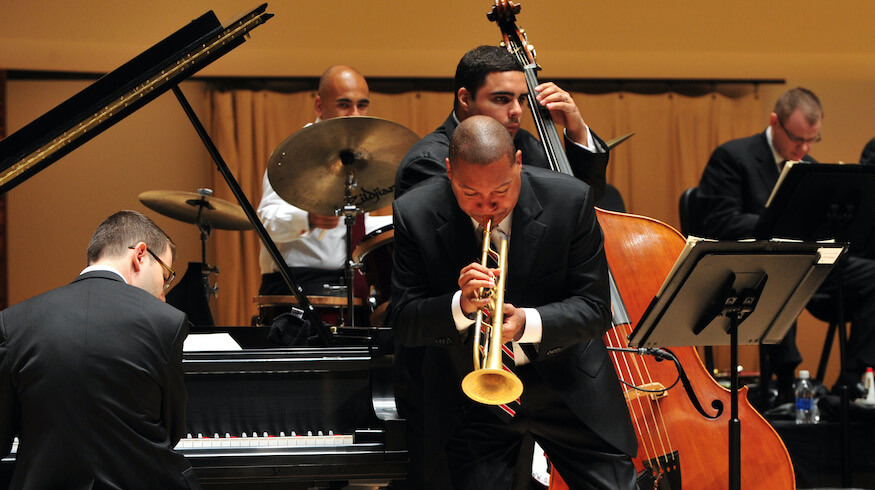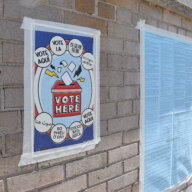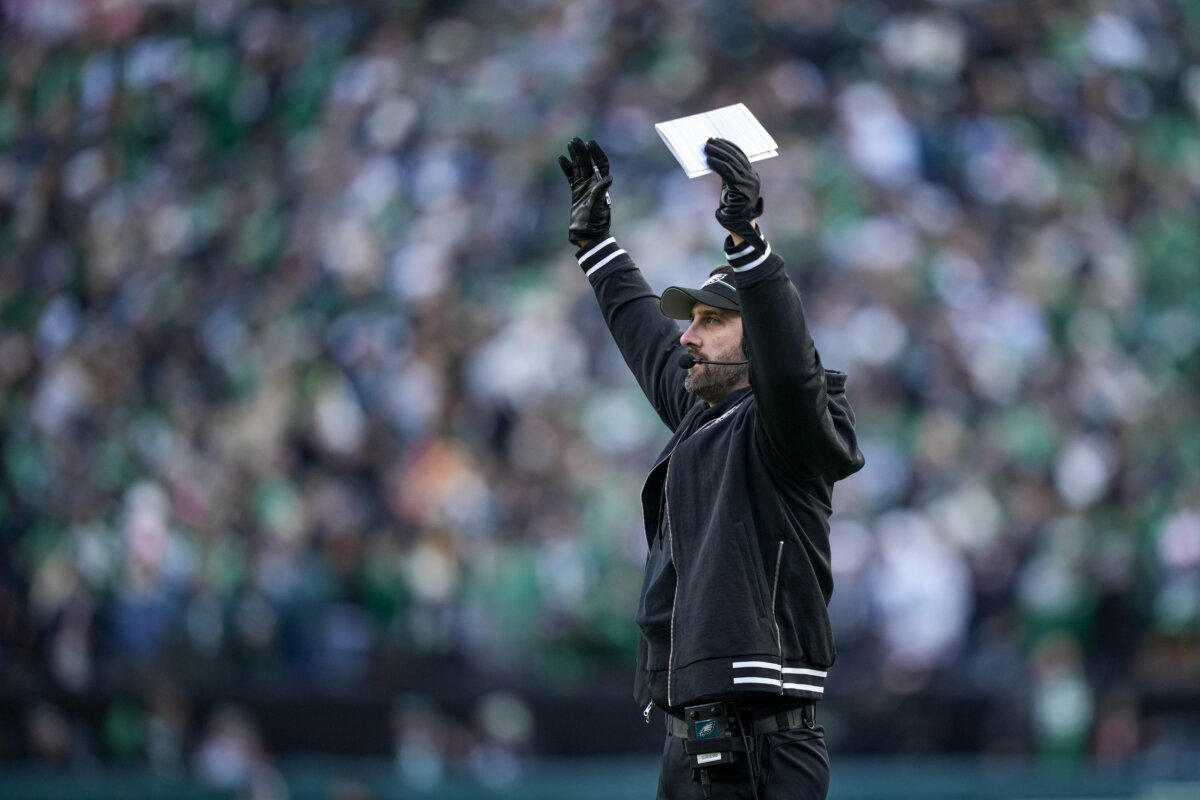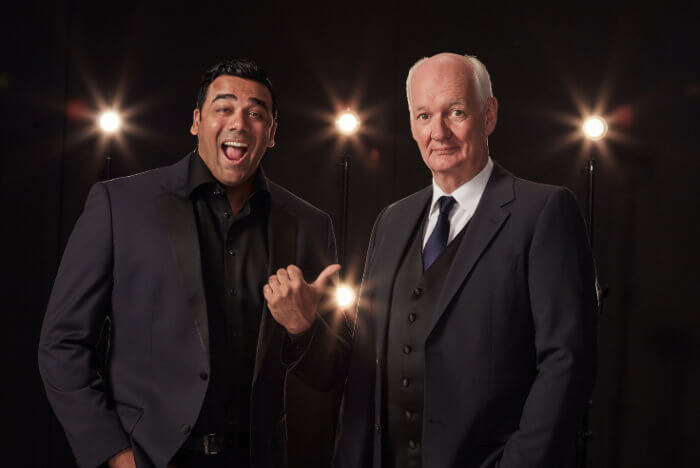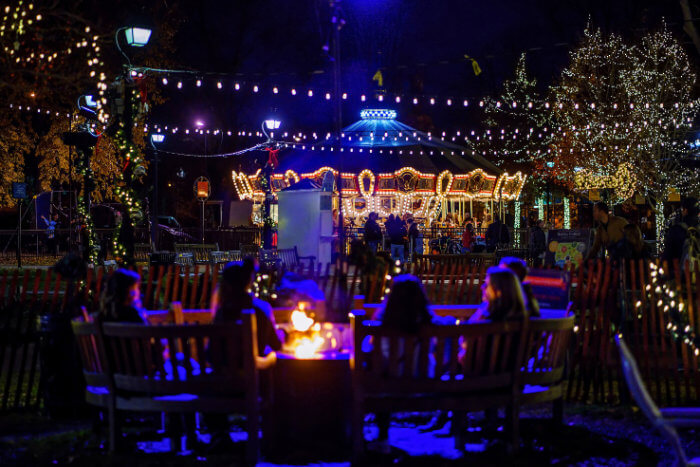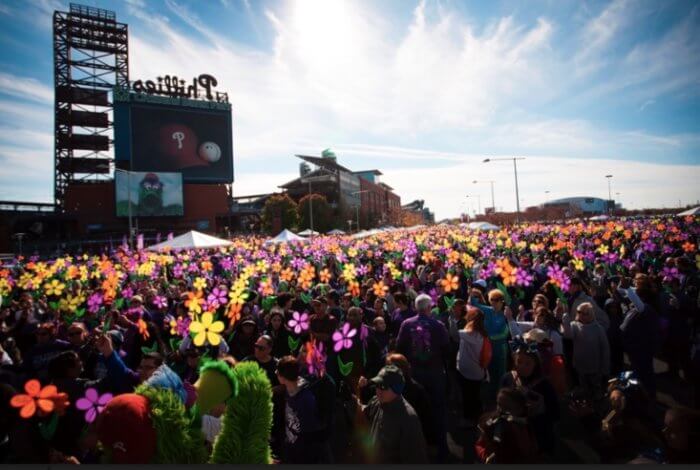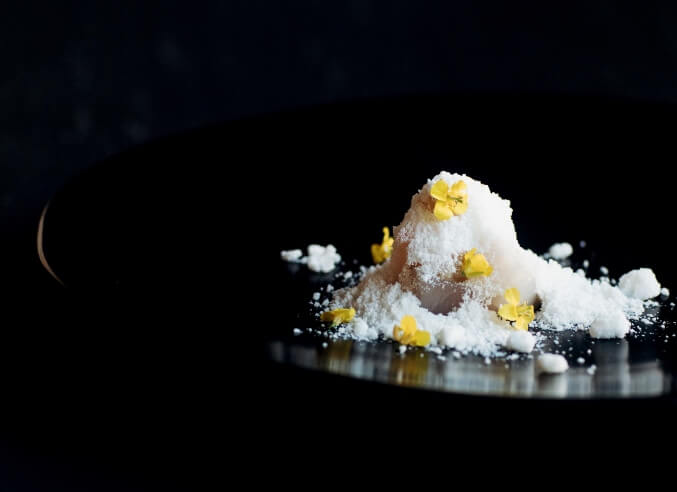“Blues Symphony” takes you to church, the streets of New York City and beyond via the Philadelphia Orchestra this week.
See what happens when jazz and blues meet classical composition during the Philadelphia Orchestra’s limited run of Pulitzer Prize and Grammy Award winner Wynton Marsalis’s symphony. The seven movements paint scenes from important points throughout American history with evolving sounds and rhythm.
Marsalis and the Philadelphia Orchestra recently celebrated a significant collaborative milestone. The Orchestra’s recording of “Marsalis: Violin Concerto in D Major” is up for a Grammy Award for Best Contemporary Classical Composition, featuring violinist Nicola Benedetti and conductor Cristian Măcelaru. Măcelaru, who is also guest conducting for the “Blues Symphony” performances this week, became involved with the piece at the very beginning by assisting Marsalis with formatting the score.
The rapidly shifting rhythms and styles in “Blues Symphony” act as a form of storytelling, with sounds that might remind you of sitting in a pew or taking the subway. This work captures some of Marsalis’s own relationship with music and experimenting throughout the years. Wynton Marsalis sat down with Metro to talk about bridging styles as a composer and his close relationship with the Philadelphia Orchestra.
Exploring American history with musician and composer Wynton Marsalis
First of all, congratulations on the Grammy nominations! How are you feeling?
There are so many things to be proud of with this recording. I really enjoyed working with the Philadelphia Orchestra, it’s so historic and a true American tradition. I don’t care if it wins awards because it was such a pleasure to work on, but it’s great to get the recognition for everyone’s hard work. That will always stay with me.
Conductor Cristian Măcelaru described “Blues Symphony” as being very true to the American spirit. What does that mean to you?
Our traditions are built on the traditions of orchestral music. I used the best of melodies and elements of jazz, as well as the rhythms and styles that Americans got from African music. That’s what you hear in rock music and popular marches, the percussion has a syncopation that feels like marching. There are also effects like wah-wahs and all these other sounds to make it like the tradition of a hymn being cried out and someone cosigning it in their response. You can fit a little bit of everything in American music while honoring the history. We are probably reaching for it less now at a time when we need it the most.
How do the different movements translate to particular scenes or times throughout history?
Everything is connected to different movements in American history and consciousness. The first movement is all about the Revolutionary War, so you’ll hear flutes and fiddles. There’s a constellation of different things going on, and all these different kinds of blues. In the second movement, it’s the Middle Passage, so then it goes between Anglo and African American orbits to show that part of our history.
How does this incorporate your own history as a musician?
I try to be true to my own experiences, which was growing up playing all kinds of music with all kinds of different people. I played in a band with two different band directors that only played Souza marches, so there’s no need to pretend that Souza isn’t a part of my tradition, as well as playing in a marching band and a funk band. Overall, we are trying to understand the meaning of our music across time.
See the Philadelphia Orchestra perform “Blues Symphony” Dec. 12-14 at the Kimmel Center. Visit philorch.org to purchase tickets and find more information.
